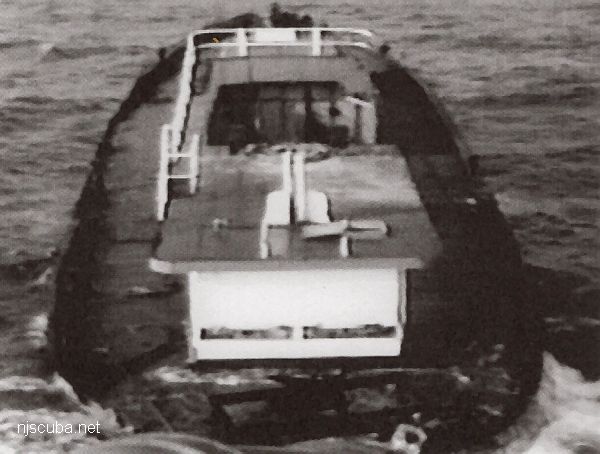
- Type:
- artificial reef, trawler
- Specs:
- ( 70 ft )
- Sponsor:
- Axel Carlson Jr.
- Sunk:
- June 1973 - Sea Girt Artificial Reef
- GPS:
- 40°06.805' -73°57.176'
- Depth:
- 70 ft
More: Carlson II ...
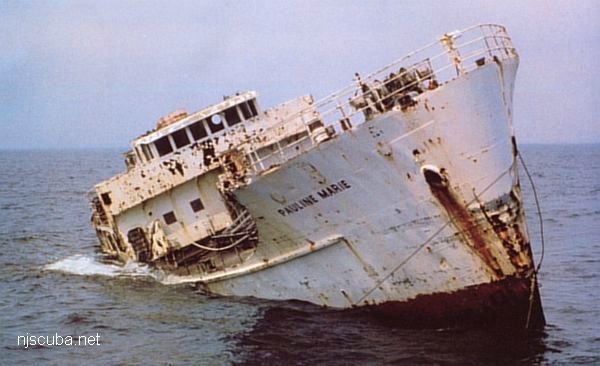
By Evelyn DeWitt Myatt & Bill Figley, 1986
It's hard to imagine anything that could have looked more forlorn than the rusty old freighter whose proud seagoing days were a thing of the past. Floating idly at her berth awaiting her fate, she was a victim of nature's ravages that had left her beautiful only in the eyes of her old captain and crew. The Pauline Marie, however, was not destined to be the victim of a cutting torch that would turn her into a tangle of scrap steel. Instead, she was acquired by the New Jersey Artificial Reef Program and went down with dignity as an artificial reef in March 1985. She now provides continuing services from her watery grave in the Atlantic, some twelve miles off Atlantic City, and her appeal to marine life is undeniable. Her interior compartments now shelter fish and crustaceans; her decks now provide substrate for mussels, soft corals, and plant life; and her newfound productivity has put delicious seafood on many tables.
More: Artificial Reefs History ...

More: Carlson II ...
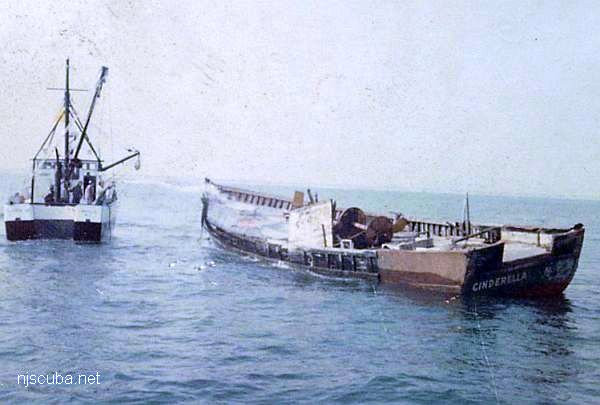
More: Cinderella ...
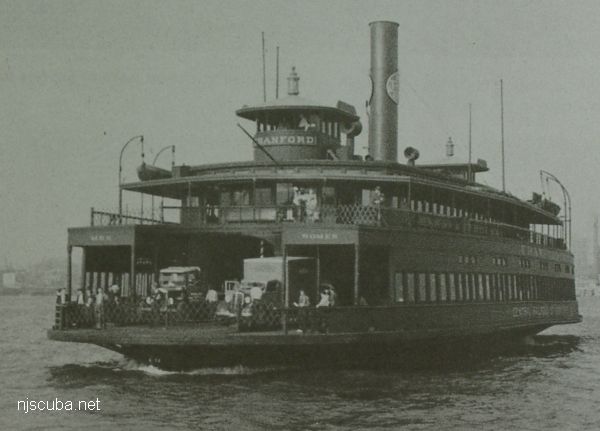
More: Cranford ...

More: drydock ...
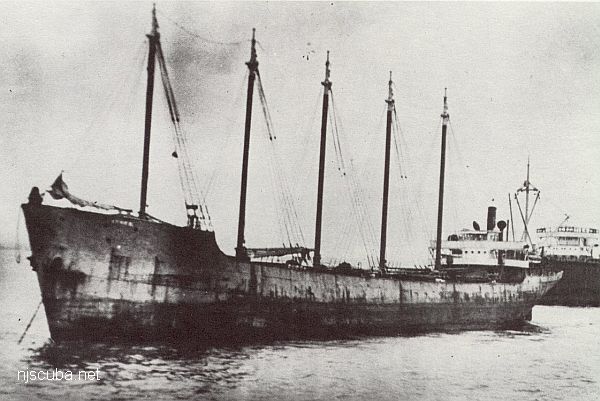
More: Dykes ...
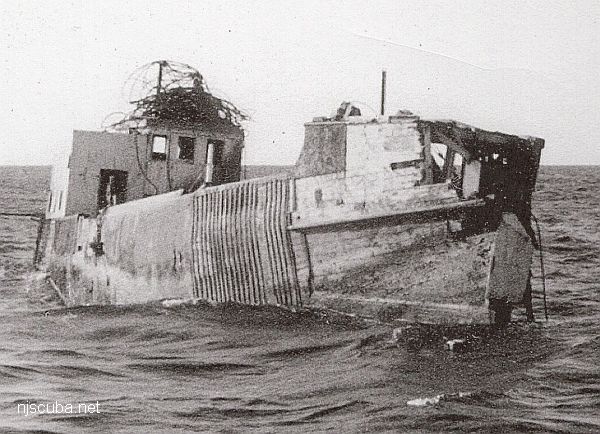
More: Kiley B ...
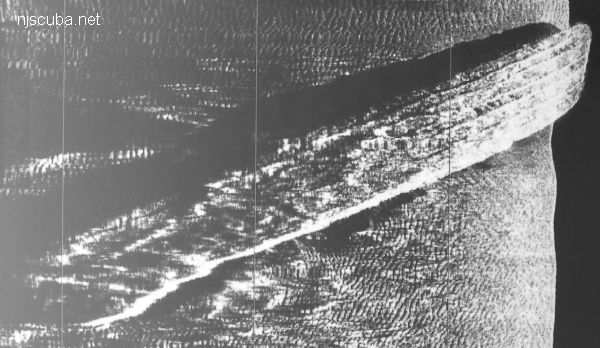
More: railroad barge ...